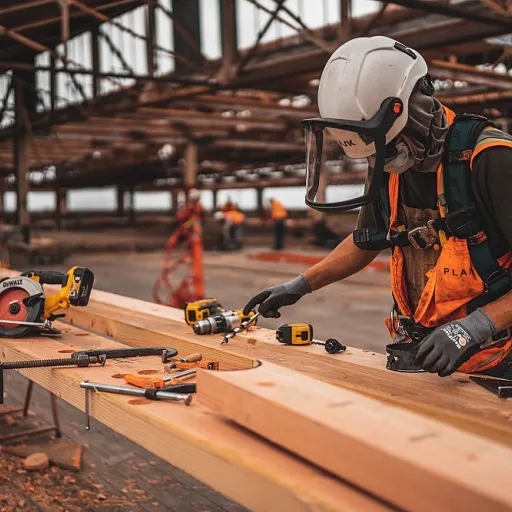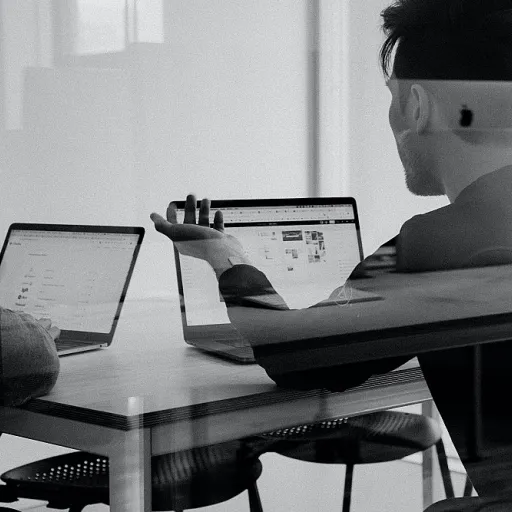
Understanding Coccyx Pain in the Workplace
Recognizing the Impact of Overly Rigid Seating on Your Tailbone
The modern office environment often demands prolonged sitting, which can lead to various discomforts, particularly coccyx pain. Often mistaken for other types of back pain, tailbone discomfort is exacerbated by pressure from chairs lacking in design considerations that support the lower back region.
When office staff spend extended hours in seats that do not offer adequate lumbar support or ergonomic features, it can heighten pressure on the coccyx. Such conditions might prompt individuals to unconsciously adjust their posture in unhealthy ways. Over time, these adjustments lead to compounded discomfort, not only in the tailbone but across the entire body.
To mitigate these effects, it is essential to choose a workspace setup that prioritizes comfort. Office chairs should ideally come equipped with features such as height adjustment and backrest angle flexibility, which help in distributing pressure evenly and prevent the concentration of undue load on the tailbone.
Moreover, the inclusion of an ergonomic office design can alleviate pain by promoting a healthier seating posture. Some specific chair designs offer a coccyx cut or adjustable lumbar support, further easing the strain on the tailbone. Such features are indispensable for heavy duty tasks that necessitate long periods of sitting.
Understanding these factors leads to a more comfortable workplace and can significantly reduce the incidence of tailbone pain, ultimately contributing to higher employee satisfaction and productivity.
Key Features to Look for in an Office Chair
Features to Enhance Your Seating Experience
When dealing with coccyx pain, selecting the right office chair can make a significant difference. A standout chair can transform your workspace into a haven of comfort rather than a source of distress. Here are the indispensable features to look for:- Ergonomic Design: A chair designed ergonomically can greatly assist in maintaining proper posture, reducing strain on your coccyx. Seek out chairs with an S-shaped backrest that conform to your spine's natural curve.
- Adjustable Lumbar Support: Customizable lumbar support plays a crucial role in distributing body weight evenly and preventing added pressure on the tailbone. A chair with adjustable lumbar options allows for personal adjustments, offering the best seating experience.
- Seat Cushion: Opt for a seat with cushioning that includes a coccyx cut or tailbone cutout to alleviate tailbone discomfort. Quality cushioning can guard against pressure points that increase coccyx pain.
- Height and Backrest Angle Adjustment: Chairs that offer height and backrest angle adjustments provide the flexibility needed to accommodate various body types and sitting styles, elevating comfort levels significantly.
- Durability and Comfort: Finalize your choice with a heavy-duty chair that promises long-term usability without compromising on comfort. Durable materials ensure continued support even with extended use.
Top Office Chair Recommendations
Top Notch Seats That Make a Difference
Selecting the right office chair plays a fundamental role in mitigating coccyx pain for employees who spend substantial time sitting. Investing in quality chairs designed to accommodate and support the natural curve of the spine can significantly ease discomfort and improve posture.- Ergonomic Chair Features: The best office chairs are equipped with elements such as adjustable lumbar support, seat height adjustment, and a backrest angle that accommodates various body types. This ensures that pressure is evenly distributed across the seat, reducing stress on the tailbone.
- Explore Leading Choices: Chairs with a coccyx cut-out or specialized seat cushion relieve pressure on the tailbone, enhancing comfort over prolonged periods. Heavy-duty designs not only promise durability but also cater to diverse preferences and needs.
- Focus on Versatility: An adjustable lumbar support system can be a game changer, promoting the correct posture by aligning the spine naturally. Consider chairs that offer a wide range of angle and height adjustments, allowing for personalized comfort.
Adapting Office Spaces for Better Comfort
Adjusting Office Layouts for Stress-Free Sitting
Creating a workspace that minimizes discomfort and maximizes productivity starts with reconsidering the office layout. Positioning office chairs for optimal use involves more than just placing them in front of a desk. Here are some strategies to help create a coccyx-friendly environment:- Optimal Chair Placement: Ensure that chairs are positioned centrally to workstations, allowing the user to maintain a good posture easily. This minimizes the strain on the coccyx and the rest of the body.
- Desk Height Compatibility: Pair chairs with desks that allow for angle adjustments and appropriate height customization. This ensures that chairs support the natural posture of the body, reducing pressure on the tailbone.
- Ergonomic Accessories: Incorporating additional ergonomic tools such as footrests and keyboard trays can further enhance body alignment and reduce sitting discomfort, especially around the coccyx and lumbar regions.
Employee Feedback and Chair Trials
Gathering Insight Through Employee Participation
When it comes to selecting the perfect office chair to minimize coccyx pain and enhance workplace comfort, employee feedback is an invaluable component of the process. Personal experiences and preferences play a significant role in evaluating the effectiveness of chairs, promoting a sense of agency among the staff.
Encouraging employees to participate in chair trials provides firsthand insight into the effectiveness and comfort levels of various designs. It becomes evident that an ergonomic chair is not just about an elegant design or aesthetic appeal, but also about practical benefits such as pressure relief on the tailbone and adjustable features like lumbar support and angle adjustment.
Implementing a trial period for office chairs allows employees to test different models, offering feedback on aspects such as seat cushion comfort, height adjustment capability, and how well the backrest angle supports the lumbar region. The right office chair can transform a day of discomfort into one of productivity, making continuous sitting less taxing on the body.
Through active participation in chair selection, employees can help identify what truly resonates with their needs, ultimately achieving a harmonious balance between posture support and personal preference. This inclusive approach not only fosters a supportive work environment but also helps make informed decisions on chair acquisitions, enhancing ergonomic comfort across the office.













